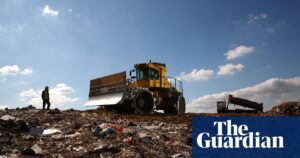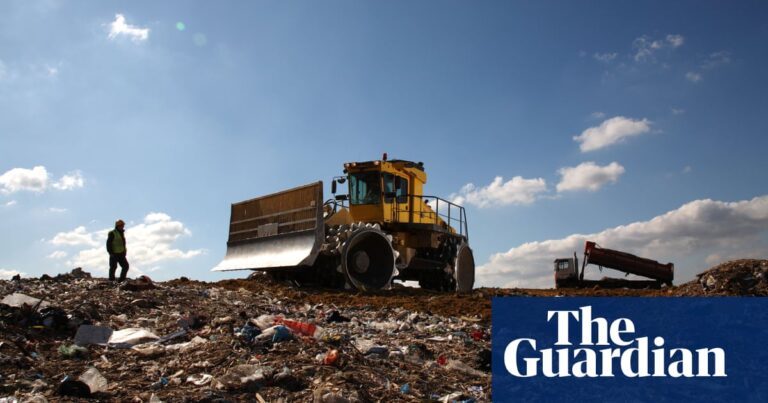Google’s plans to build a datacentre in Uruguay have angered environmentalists, who say the project will release thousands of tonnes of carbon dioxide and hazardous waste.
Uruguay’s environmental authorities recently approved the datacentre, which will use air conditioning to cool its servers. The company initially proposed using millions of litres of fresh water to cool its infrastructure, but this caused an outcry in a country that suffered its worst drought since 1950 last year, causing its capital city to run short of drinking water.
However, Daniel Pena, an academic at the University of the Republic in Montevideo and an environmental campaigner, said using air conditioning would be equally damaging to the environment.
Based in Canelones, southern Uruguay, the datacentre is predicted to release 25,000 tonnes of carbon dioxide a year and generate 86 tonnes of hazardous waste, including “electro-electronic residues”, oils and chemical packaging, according to the government’s environmental assessment report.
It will provide internet services for Google’s users worldwide. However, Pena said: “For Uruguay, it will provide nothing except toxic waste and greenhouse gases.” The datacentre would be in a tax-free zone, he added, the company not pay tax.
Environmentalists are concerned that the datacentre will significantly impact Uruguay’s carbon footprint. According to Pena’s calculations, based on official figures, the country’s carbon dioxide emissions from energy production would increase by 2.7%.

Uruguay’s carbon emissions are very low because it generates more than 90% of its electricity from renewables – one of the highest rates in the world. But during periods of high electricity usage or water scarcity, like last year, the country relies on oil-based power stations.
María Selva Ortiz, from Friends of the Earth in Uruguay, said the datacentre would put added pressure on the country’s energy grid, forcing it to rely on fossil fuels more often. The environmental organisation calculates that the datacentre would require the same amount of energy as 222,898 households in a country with a population of little more than 3 million people.
“We feel that foreign multinationals come to use our natural resources with no benefit to us,” Selva Ortiz said.
In addition, the new project was approved so rapidly, she said, “there has been no time for scrutiny” of the proposals. Environmental groups were not informed when the government approved the datacentre more than a month ago, and the 30-day period for legal appeals has expired.
Ana Filippini, from the Movement for a Sustainable Uruguay (MOVUS), said: “The environmental impact is uncertain as the studies requested by citizens have not been completed. Greenhouse gas emissions will increase, and we do not know how the waste from the plant will be disposed of.”
She added: “Protests by civil society achieved important changes in the Google project, which was initially going to use large quantities of water.” However, the new plan “has been approved under time pressure,” making it hard to assess its impacts.
A Google spokesperson said: “We’ve engaged extensively with local authorities, community members and local leadership to share the project details and follow the regulatory process to secure all the necessary permits.”
The spokesperson added: “Once built, the datacentre will operate within the standards approved by the local authorities, and it will be part of Google’s longstanding commitment to sustainability across areas such as accelerating the transition to a net zero future and innovating to run the most efficient infrastructure.”
The company also argued that Google products were widely used and that the infrastructure generated investment in the country. “Datacentres power products that help billions of people around the world, like search, YouTube and Gmail, and we’re proud to keep investing in infrastructure in Latin America,” the spokesperson said.
Uruguay’s environmental ministry did not respond to the Guardian’s request for comment. However, its environmental assessment report said there was a management plan to deal with waste from the datacentre and the impact of this waste on the environment was of “low significance”. The Google datacentre would account for just 0.3% of all carbon dioxide emitted by Uruguay’s energy sector, the report said.
Source: theguardian.com

















